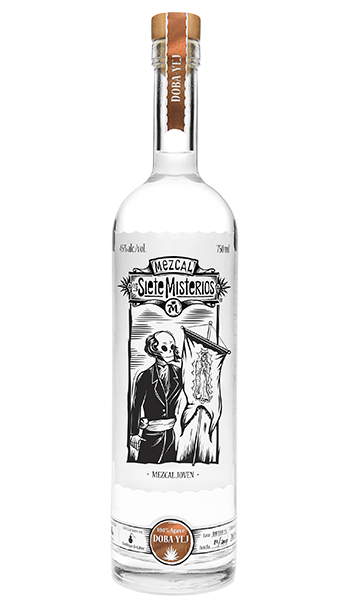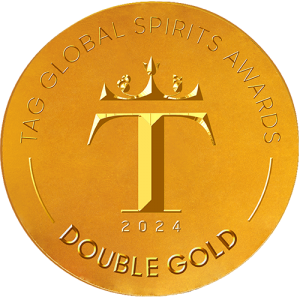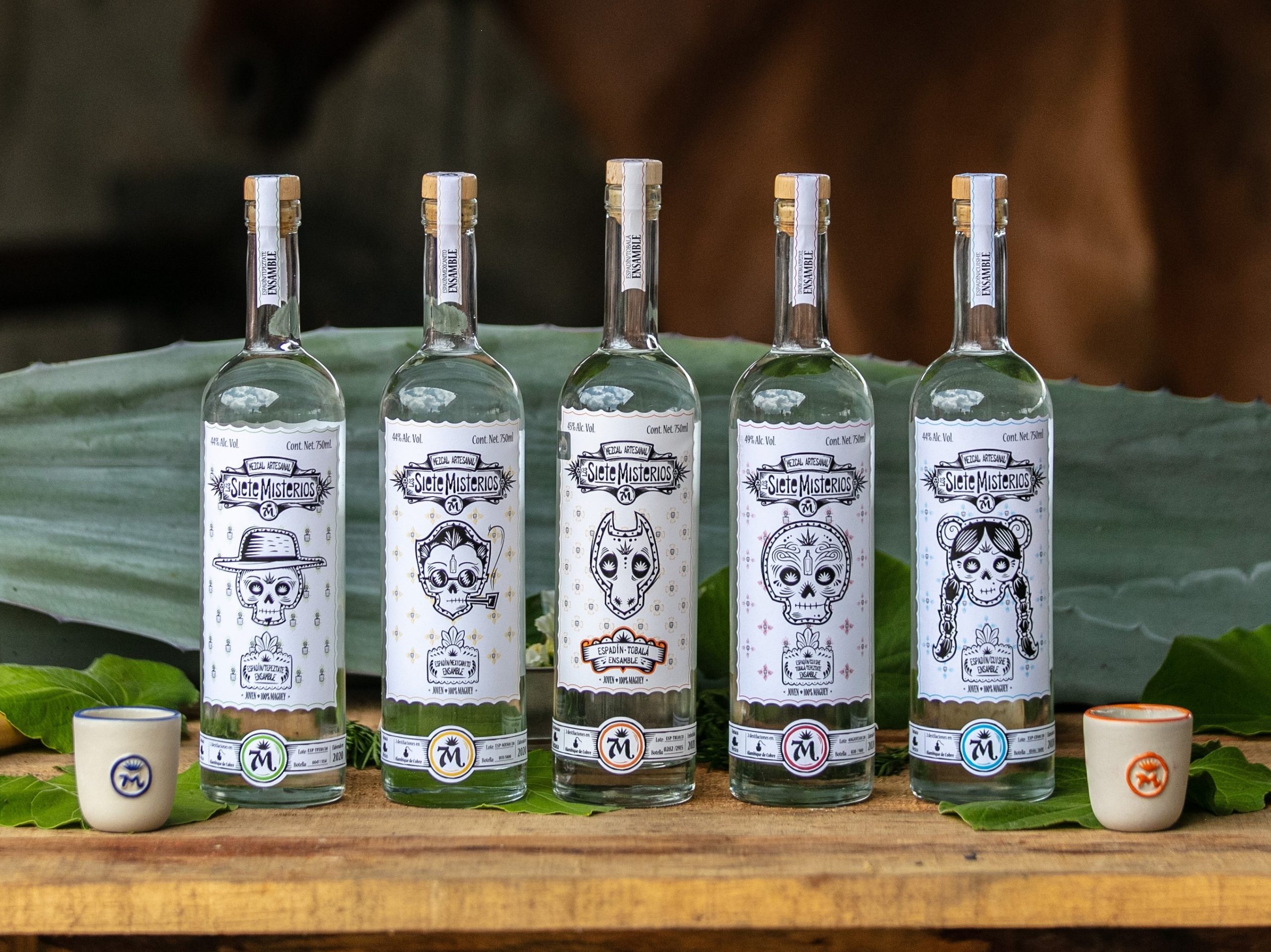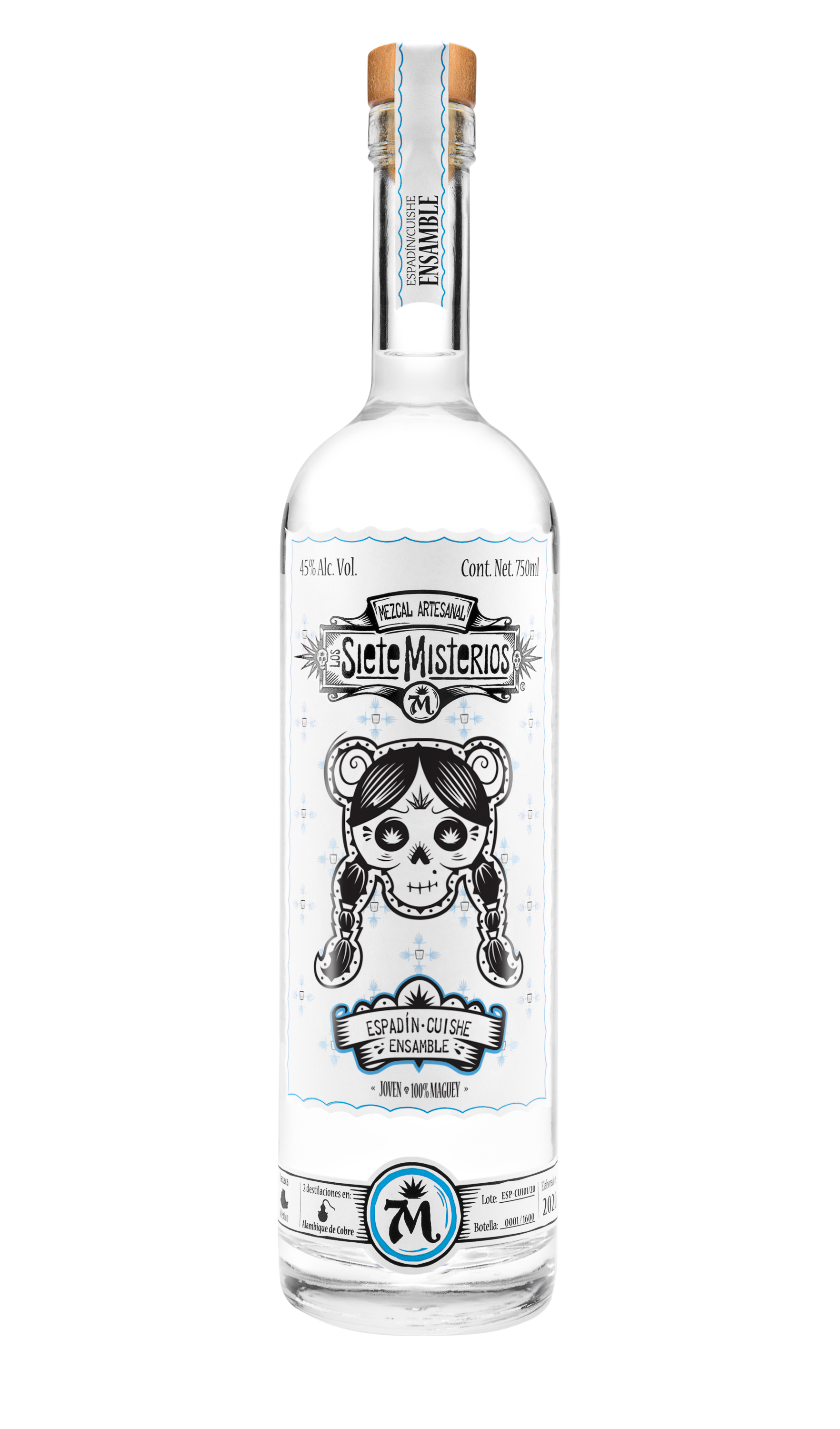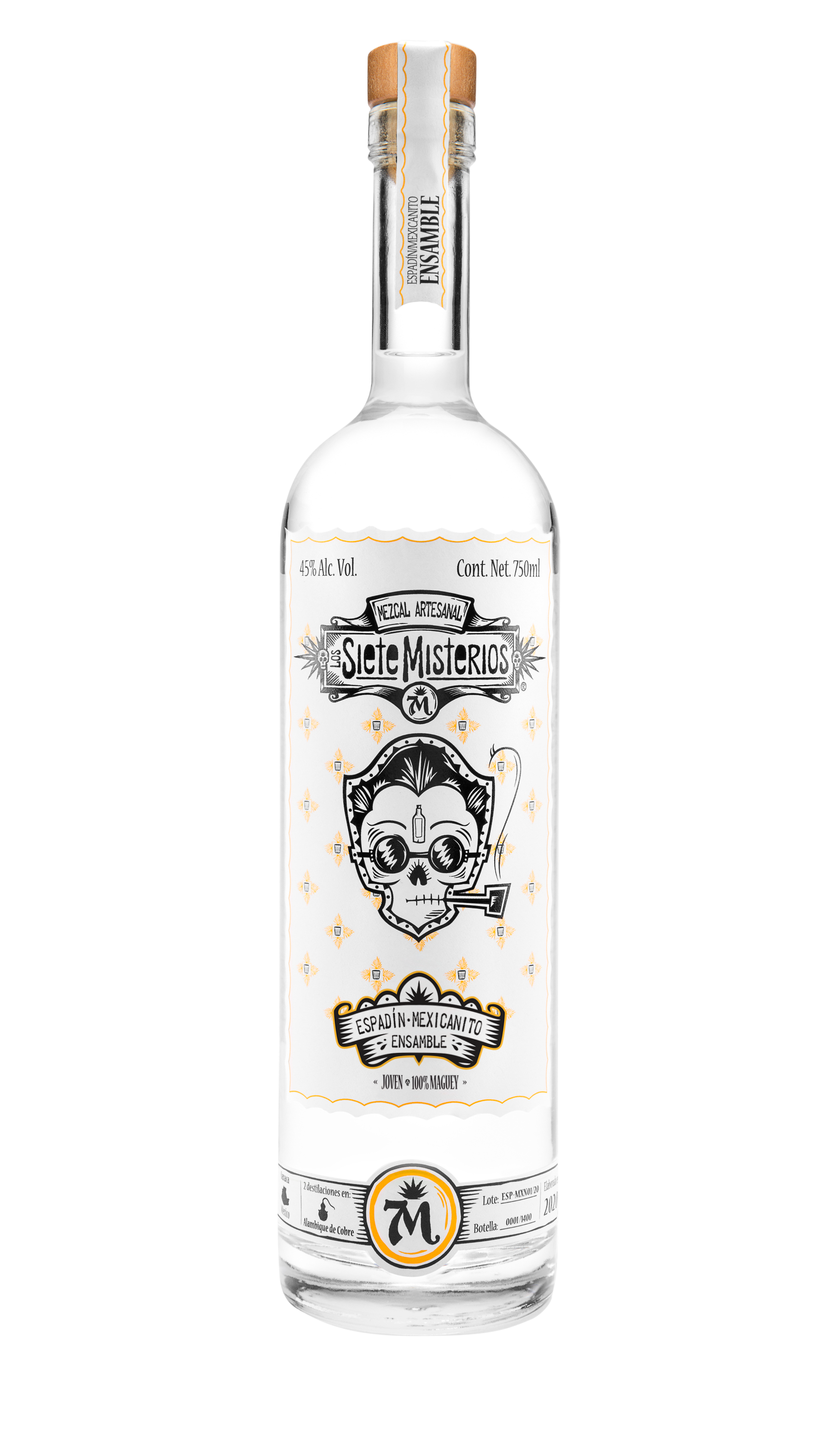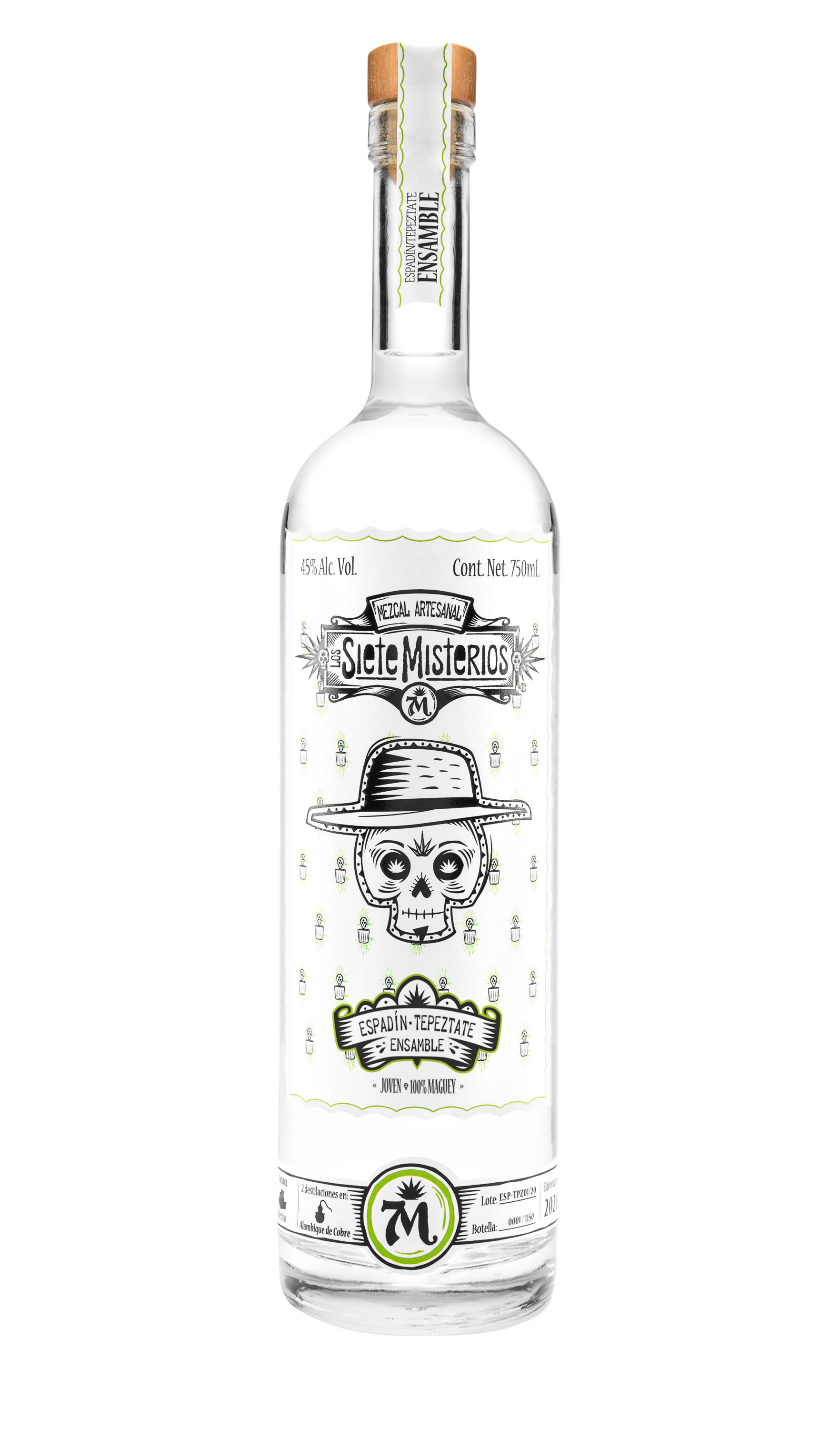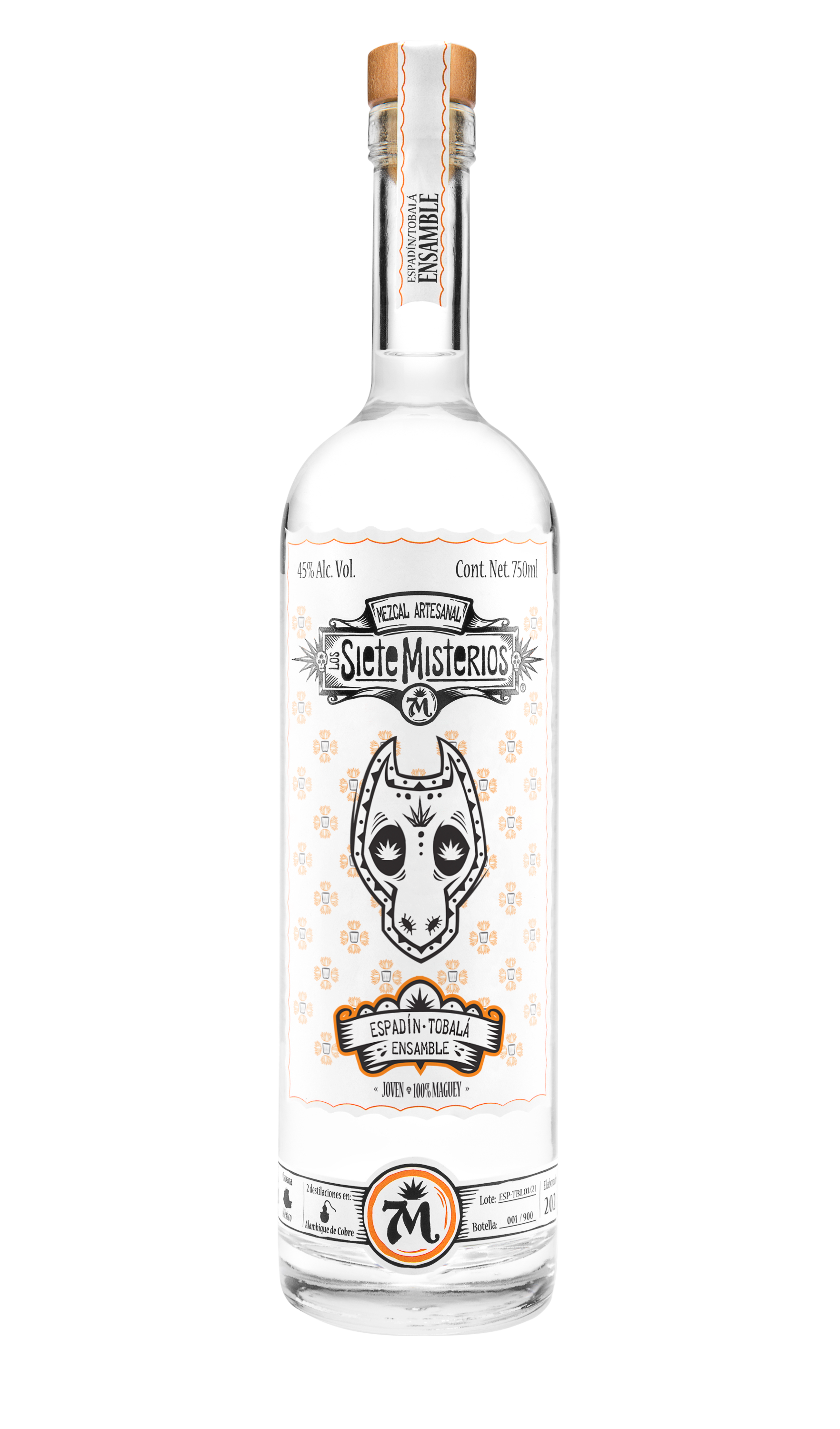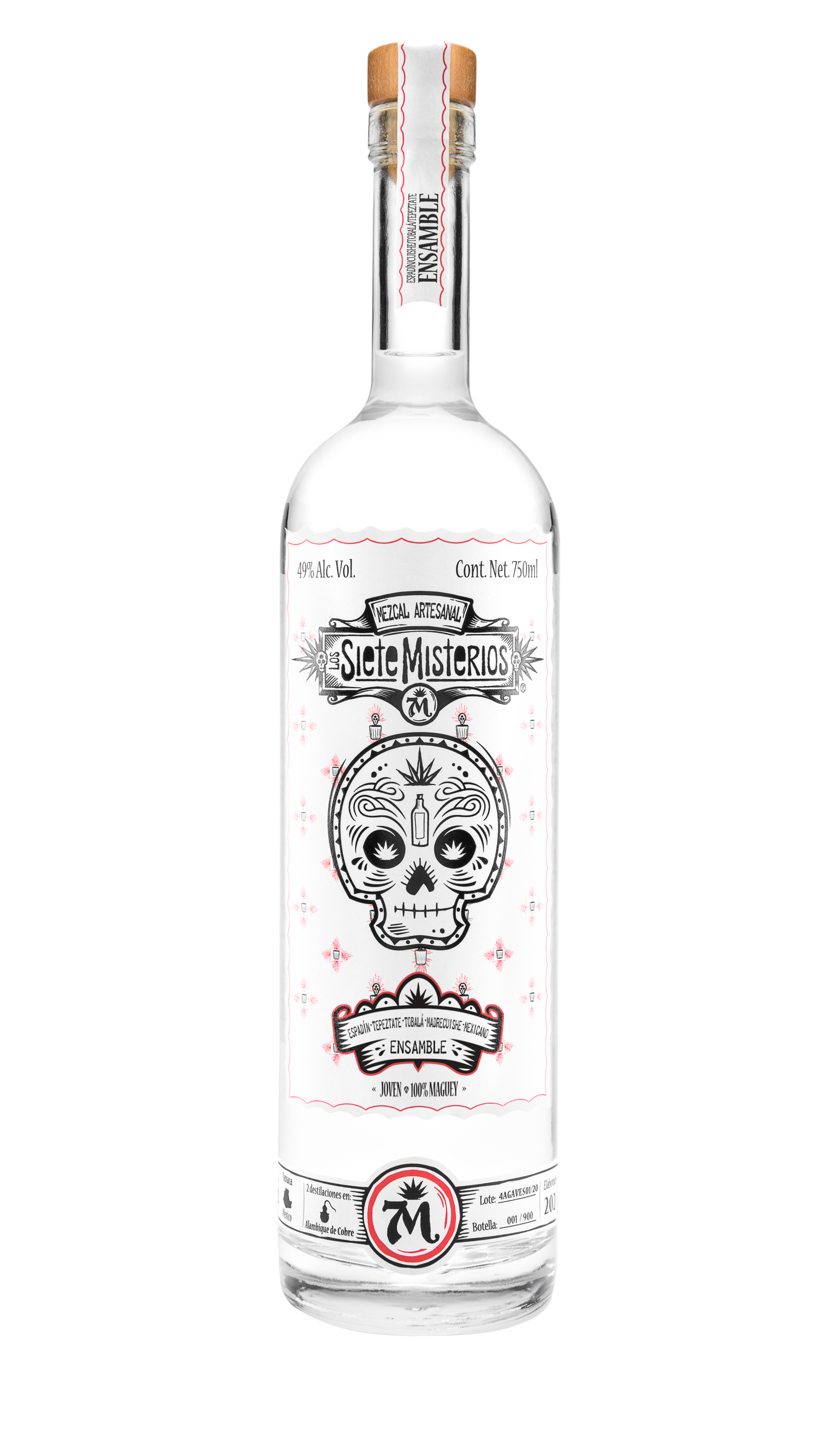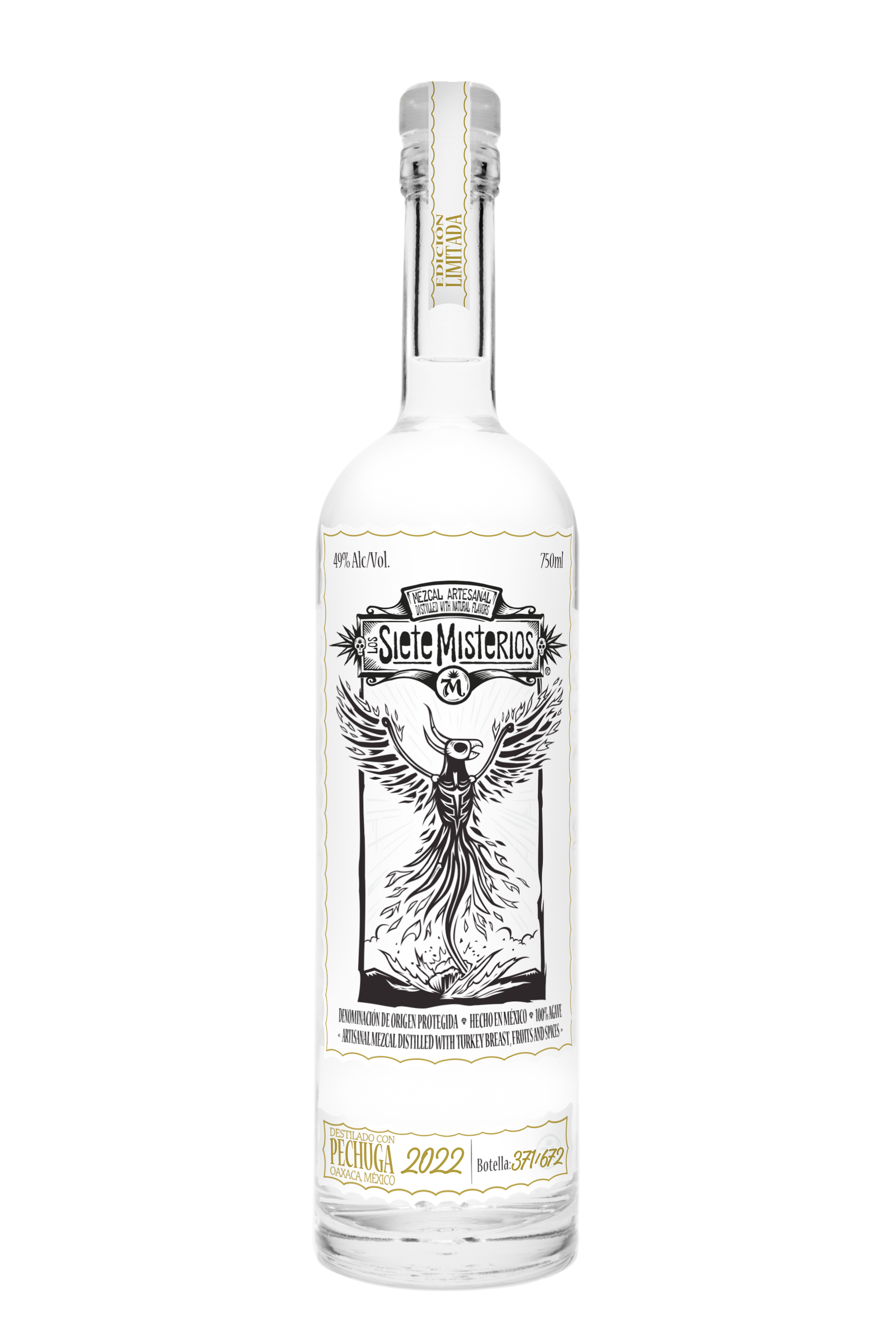Born Mezcal Lovers
The Family of Mezcal Los Siete Misterios is born in 2010 after a trip the founders did,
where passion, traditions and culture of the mexican roots inspired this distilled spirit
that seeks to relive the past and integrate it with the present time.
Los Siete Misterios we are a family by Us, the Maestros Mezcaleros
and the Oaxacan communities that we work with in order to bring the best that we have;
love and dedication synthetized in Mezcal.
Our Products
Beginning with the highest quality Agave plants, Los Siete Misterios follows artesanal and limited production methods including:
- Distilling with 100% natural Agave sugars from ripe plants
- Cooking in underground ovens
- Milling with wooden mallets or a Tahona horse
- Fermenting naturally
- Distilling at least twice
This allows us to pursue our goal of respecting Mezcal traditions and customs while supporting local Mexican workers.
Our production process
Every Great Mezcal starts with the right production process, in Los Siete Misterios we take care of all small details to have the highest quality Mezcals.
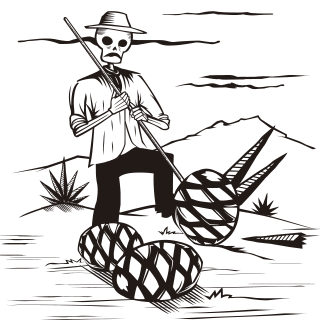
HARVEST
We select only mature Agave plants that have ideally produced a quiote, which is then cut from the base of the plant to assure high levels of sugar in the Agave piña (plant).
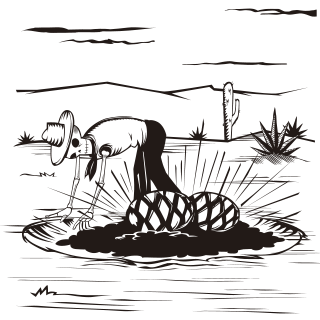
ROASTING
Agaves are cooked in traditional underground ovens made of earth and stones. We use local wood to fuel the fire and place river stones, which get extremely hot, on top. We layer plant matter over the stones, then the Agave piñas, tarps, and soil for three to five days.
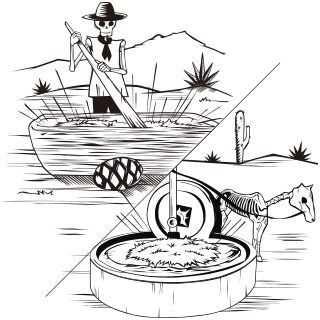
MILLING
We use one of two milling techniques. We either use a hand-carved wooden mallet or traditional Chilean Tahona horses to crush the Agave.
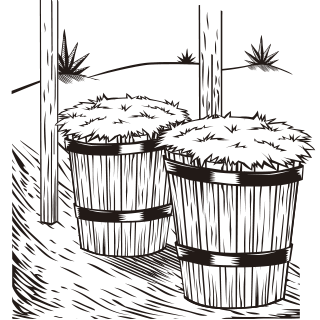
FERMENTATION
We then place the juice and fibers in large wooden vats where they are exposed to open air. The local temperature and wild yeast naturally ferment the Agaves. We do not add anything except pure spring water.
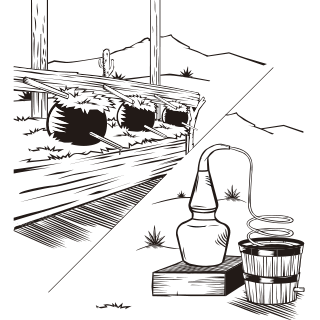
DISTILLATION
Our Doba Yej, Ensambles, and Pechuga Mezcals are distilled in Copper pots while our Espadín, Barril, Mexicano, Arroqueño and Tobalá Mezcals are distilled in Clay Pots.
Our Artisanal Mezcals
Our Ancestral Mezcals
Find Los Siete Misterios Near You
This Los Siete Misterios locator shows locations where you may buy Los Siete Mezcal in the United States. We recommend calling ahead to make sure it is still in stock. If the product is not in stock, please ask the retailer to order it.

